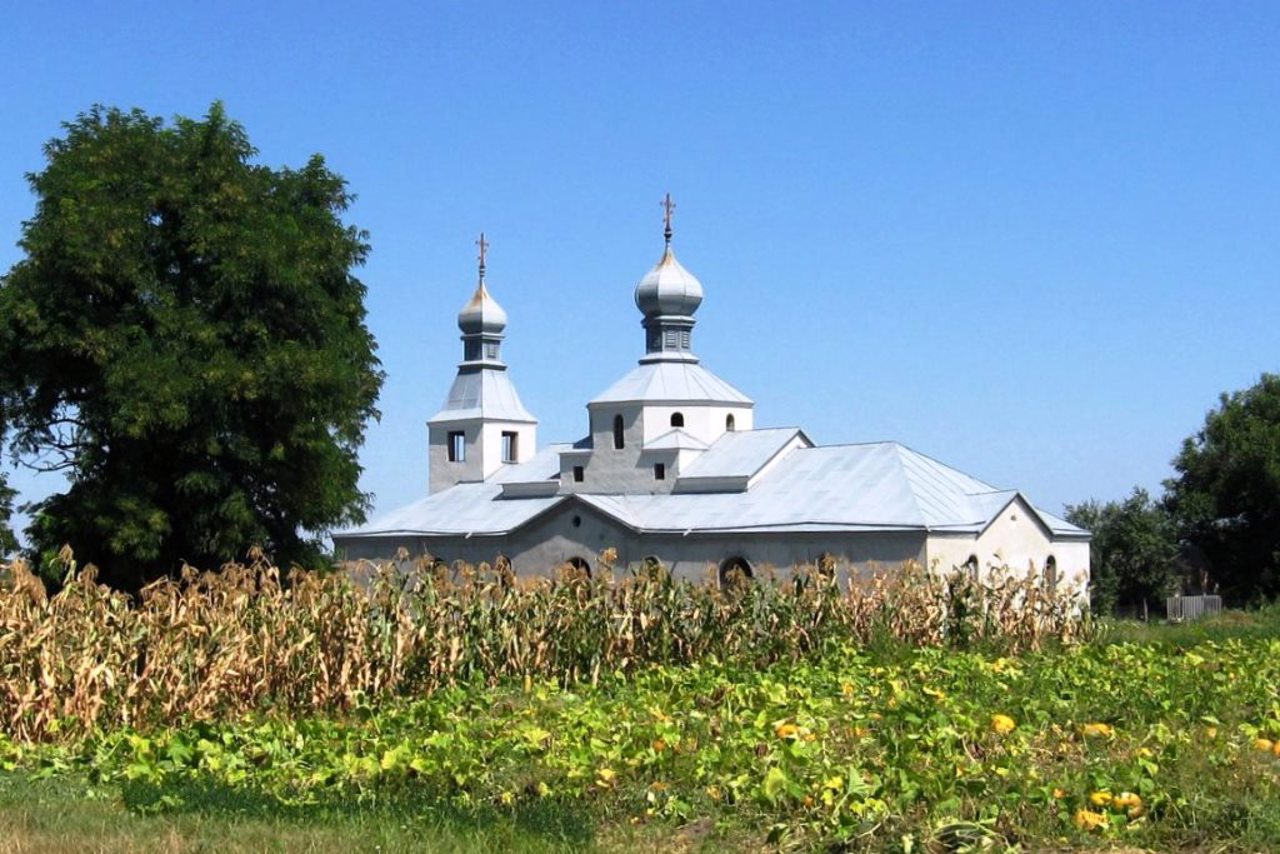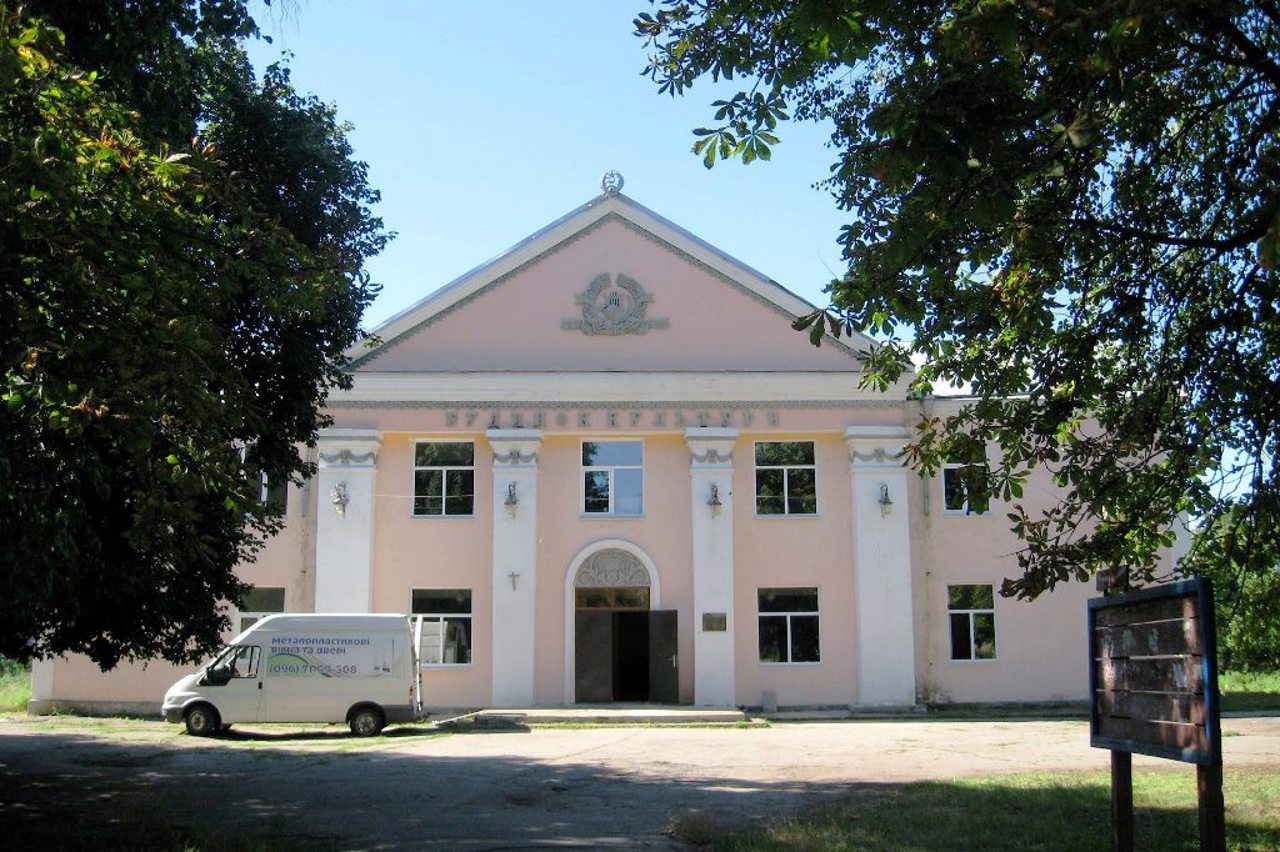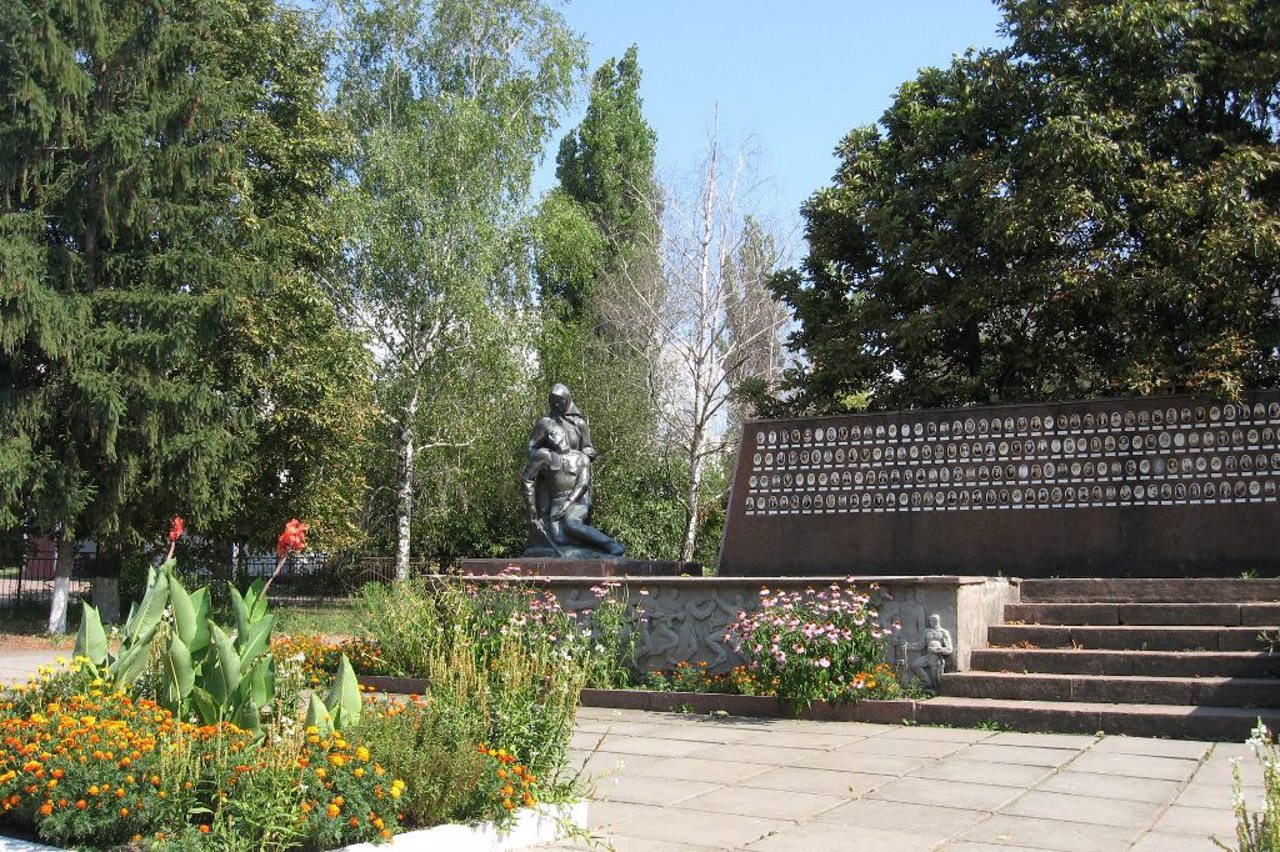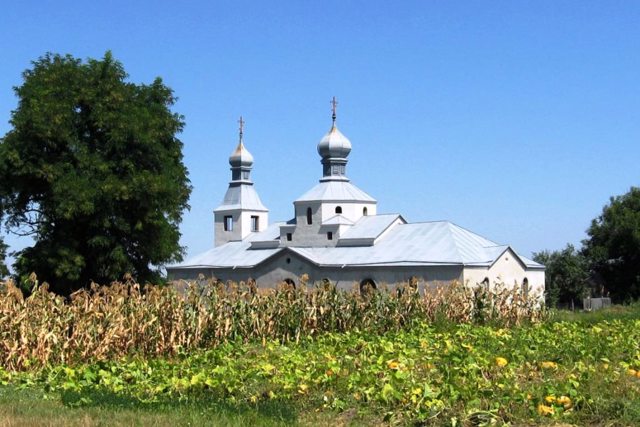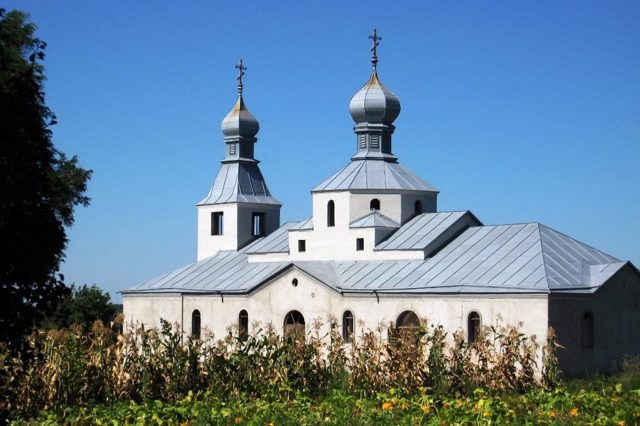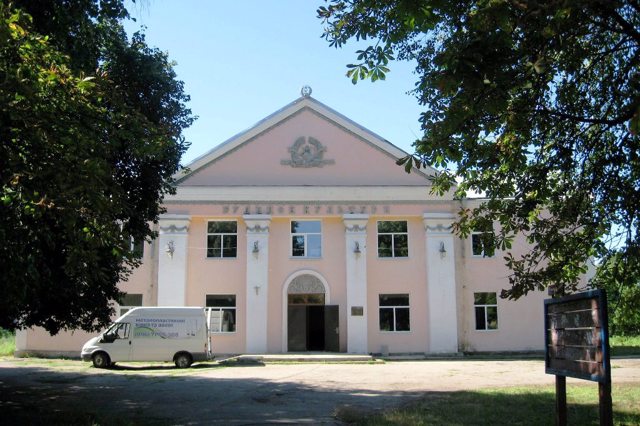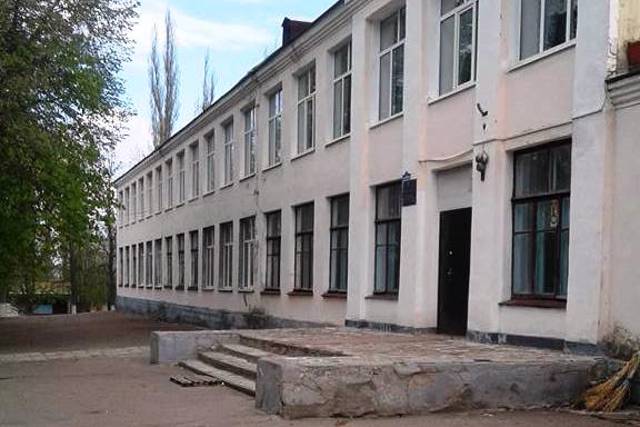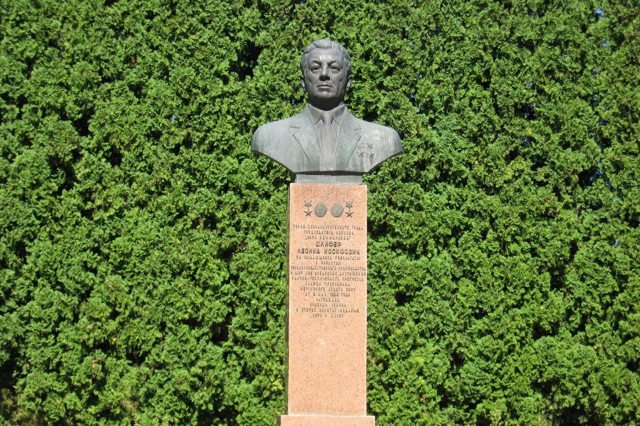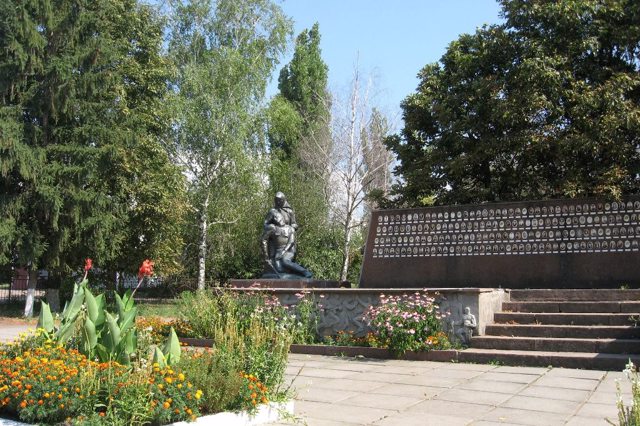Functional temporarily unavailable
General information about Nadlak
The village of Nadlak on the Velyka Vys River is located in the north of Kirovohrad Oblast, between Kropyvnytskyi and Uman. Administratively, it is part of the Holovanivsk district of the Kirovohrad region.
The origin of the village in the first half of the 18th century is connected with the settlement of these lands by Cossacks of the Myrhorod Regiment, when the Russian-Polish border passed along the Velyka Vys River. In 1752, the fortified military settlement of Nadlak was founded, where the 4th company of the Novoserbian hussar regiment was stationed. The name translated from Serbian means "above the valley". In the second half of the 19th century, Nadlak became the parish center of Yelysavethrad County, Kherson Province.
During the military operations of 1918-1 ...
The village of Nadlak on the Velyka Vys River is located in the north of Kirovohrad Oblast, between Kropyvnytskyi and Uman. Administratively, it is part of the Holovanivsk district of the Kirovohrad region.
The origin of the village in the first half of the 18th century is connected with the settlement of these lands by Cossacks of the Myrhorod Regiment, when the Russian-Polish border passed along the Velyka Vys River. In 1752, the fortified military settlement of Nadlak was founded, where the 4th company of the Novoserbian hussar regiment was stationed. The name translated from Serbian means "above the valley". In the second half of the 19th century, Nadlak became the parish center of Yelysavethrad County, Kherson Province.
During the military operations of 1918-1920, the government changed several times. Residents suffered from the Holodomor of 1932-1933 and were subjected to Stalinist repressions. In the post-war years, monuments to compatriot soldiers and liberating soldiers were erected.
Cело Надлак на річці Велика Вись розташоване на півночі Кіровоградської області, між Кропивницьким та Уманню. Адміністративно входить до складу Голованівського району Кіровоградської області.
Виникнення села у першій половині XVIII століття пов'язане із заселенням цих земель козаками Миргородського полку, коли по річці Велика Вись проходив російсько-польський кордон. У 1752 році було засноване укріплене військове поселення Надлак, де розмістилася 4-а рота Новосербського гусарського полку. Назва у перекладі з сербської означає "над долиною". У другій половині XIX століття Надлак став волосним центром Єлисаветградського повіту Херсонської губернії.
Під час воєнних дій 1918-1920 років влада неодноразово змінювалася. Жителі потерпали від Голодомору 1932-1933 років, ...
Cело Надлак на річці Велика Вись розташоване на півночі Кіровоградської області, між Кропивницьким та Уманню. Адміністративно входить до складу Голованівського району Кіровоградської області.
Виникнення села у першій половині XVIII століття пов'язане із заселенням цих земель козаками Миргородського полку, коли по річці Велика Вись проходив російсько-польський кордон. У 1752 році було засноване укріплене військове поселення Надлак, де розмістилася 4-а рота Новосербського гусарського полку. Назва у перекладі з сербської означає "над долиною". У другій половині XIX століття Надлак став волосним центром Єлисаветградського повіту Херсонської губернії.
Під час воєнних дій 1918-1920 років влада неодноразово змінювалася. Жителі потерпали від Голодомору 1932-1933 років, зазнали сталінських репресій. У повоєнні роки встановлено пам’ятники воїнам-землякам і воїнам-визволителям.
Сплануй своє перебування у Nadlak
What to see and where to go in Nadlak
Tourist attractions and museums of Nadlak
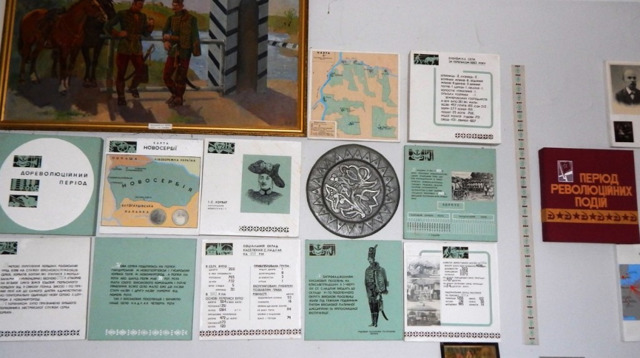
Nadlak Village History Museum
Museum / gallery
The People's Museum of the Nadlak Village History is located in the premises of the Village House of Culture. It was opened in 1973 on the initiative of local high school teachers. The exhibition in four rooms highlights the history and culture of this region from the earliest times.
The exhibits of the first room tell about the ancient life in this area, about the emergence of the village of Nadlak in the middle of the 18th century and about its development until 1917. In particular, you can see stone molds for the manufacture of metal tools.
The second room is dedicated to the period between the two world wars. It houses exhibits that visually demonstrate the life and culture of the Nadlak village of that time - from a wooden plow to an iron plow.
The third hall of the museum is devoted to the Second World War and the life of people during the occupation. Old photographs, letters and objects found on the battlefields are presented here: uniforms, soldier's flasks, cartridge cases, cartridges, machine gun belts and others.
The fourth hall of the museum acquaints visitors with the post-war period, restoration and development of the village of Nadlak. A separate museum exposition is devoted to friendly relations between Ukrainian and Bulgarian farmers.
Reviews Nadlak
Geographical information about Nadlak
| {{itemKey}} | {{itemValue}} |
|---|---|
| Region |
Kirovohrad |
